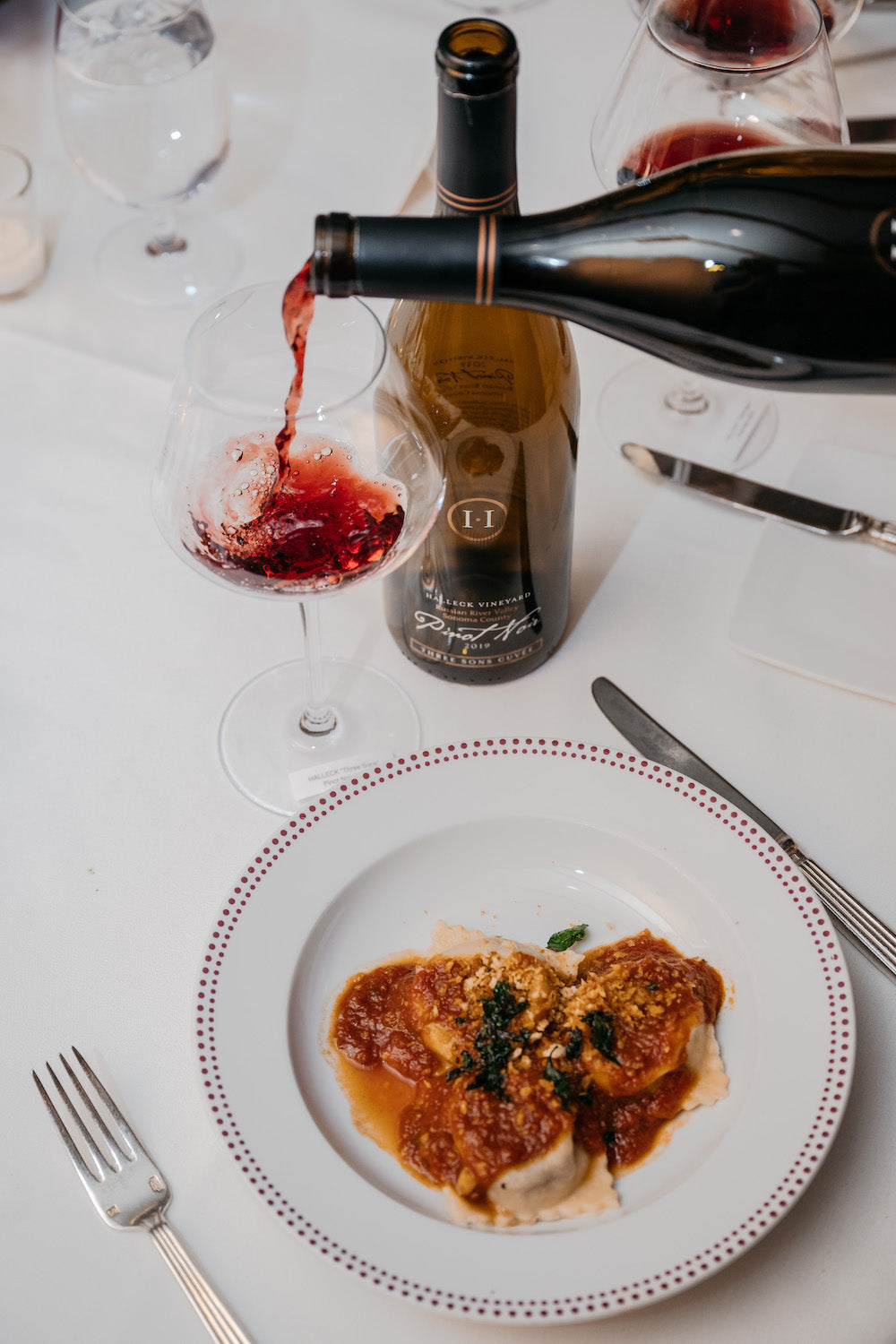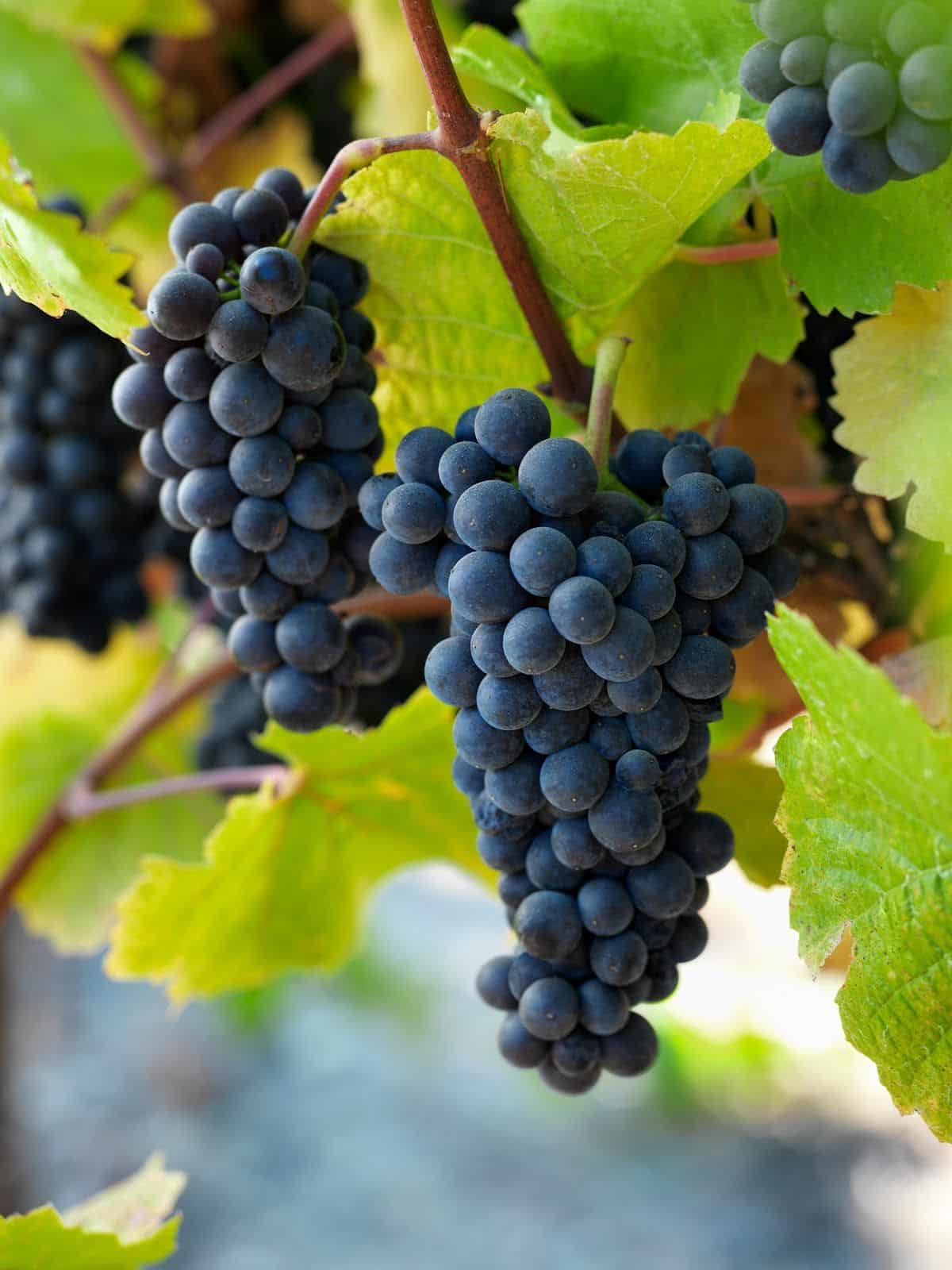Family-Friendly Wineries Near Sebastopol - Sebastopol Area Wineries Offering Wine
Family-Friendly Wineries Near Sebastopol - Sebastopol Area Wineries Offering Wine
Blog Article
Wineries With Beautiful Architecture - Iconic Wineries Of Sebastopol
Wine tasting is an art that mixes sensory experience with an appreciation for the nuances of different varietals. How to evaluate flavors in winery wine tasting sessions is pivotal to grasping the complexities of wine.
Participating in a wine tasting entails more than simply sipping and savoring. It requires a centered strategy to establish aromas and flavors that each wine presents. As you start, observe the wine's look, noting its shade and readability. These visual cues usually recommend a wine’s age, grape variety, and even potential flavor profiles.
The subsequent step within the tasting process is to swirl the wine in your glass. This motion releases aromatic compounds which are very important for analysis. Lean in and take a second to inhale deeply; the aromas can vary from floral and fruity to spicy and earthy. The nose of the wine is simply as necessary because the palate, and recognizing scents performs a major position in understanding the general experience.
When taking your first sip, allow the wine to move throughout your palate - Sonoma's Top Sparkling Wine Producers. Notice the preliminary flavors that current themselves. Is the wine fruity, floral, or perhaps herbaceous? This initial style offers perception into what the wine is prone to express as you continue to evaluate it. The mouthfeel also contributes to the overall flavor experience; it may be silky, tannic, or even effervescent.
Innovative Wine-Making Techniques In Sonoma Valley - Sebastopol Vineyard Visits
As you proceed tasting, pay consideration to the wine’s steadiness. A well-balanced wine will harmonize acidity, sweetness, and tannins. If one component overwhelms the others, it would indicate a much less desirable quality. Evaluating stability can help you determine how nicely the wine may pair with food.
Transitioning to the end, contemplate how the flavors evolve as the wine lingers in your palate. A long, pleasant end can indicate a high-quality wine, while a short or abrupt end may counsel in any other case. Reflect on whether or not the flavors remain constant or if new notes emerge as the wine settles. This progression can reveal complexities and intricacies that may not have been obvious in the preliminary tasting.
Temperature can additionally be a crucial factor in evaluating wine flavors. Different forms of wine are optimally loved at specific temperatures. White wines typically shine when chilled, while purple wines typically perform best at room temperature. When tasting, ensure the wine is on the appropriate temperature to totally respect its character.
Quaint Wineries In Picturesque Settings In Sebastopol - Vineyard Visits And Wine Tasting In Sonoma
Pairing food with wine can significantly enhance the tasting experience. Meals can affect the perception of flavors in wine, both highlighting certain characteristics or diminishing them. When evaluating flavors, consider how the wine interacts with completely different meals, noticing which flavors are amplified or muted (Wineries Near Sonoma Square).
Contemplate the affect of terroir as you have interaction in a winery tasting. Terroir encompasses the distinctive environmental factors that affect grape rising, including soil composition, local weather, and geography. Understanding a wine's terroir can present perception into its flavors and aromas, fostering a deeper appreciation for the choices made throughout its cultivation and production.
Education plays a fundamental role in enhancing one's capacity to evaluate wine flavors. Learning about grape varieties, wine regions, and manufacturing methods can pave the method in which for extra knowledgeable judgments throughout tastings. Additionally, attending workshops or classes can refine sensory skills and increase your flavor vocabulary, check out here enabling you to articulate tasting notes more successfully.
Lastly, it is essential to keep in thoughts that evaluating wine flavors is a extremely personal experience. Individual preferences and perceptions will invariably form one’s tasting journey. Enjoyment should be on the forefront, with the evaluation course of performing as a tool to reinforce understanding and appreciation somewhat than create inflexible tips.
Unique Wine And Food Pairings In Sonoma - Celebrated Wineries Around Sebastopol
In conclusion, mastering the means to consider flavors in winery wine tasting periods involves a mix of sensory engagement, data, and practice. By studying to identify aromas, assess the steadiness, and appreciate the intricacies of flavor, wine enthusiasts can deepen their connection to each bottle they encounter. As with any art type, the extra one immerses themselves in the experience, the more they will discover and benefit from the vast world of wine.
- Start by observing the wine's color and readability, as these visible elements can hint at its flavor profile and growing older potential.
- Swirl the wine gently in your glass; this releases aromatic compounds, permitting you to raised identify the complex scents related to the wine.
- Take a deep inhale earlier than tasting, specializing in both main and secondary aromas to assemble insights on fruits, spices, and different nuances.
- When tasting, permit the wine to coat your palate; note the preliminary flavors, the mid-palate complexity, and the end as these stages can provide different flavor highlights.
- Pay consideration to texture and mouthfeel, as features such as tannin ranges, acidity, and sweetness contribute considerably to the overall tasting experience.
- Examine flavors towards standard wine characteristics; for purple wines, think about berry notes, oak affect, and natural tones, whereas whites could embrace citrus, stone fruits, and floral hints.
- Take notes in the course of the tasting session to track your impressions, serving to you to recollect and evaluate the different wines sampled.
- Focus On your findings with fellow tasters or winery employees, as sharing insights can improve understanding and appreciation of individual flavors.
- Allow time for the wine to breathe; generally, flavors evolve and reveal new dimensions after being exposed to air.
- Experiment with food pairings in the course of the tasting as they will dramatically alter how flavors are perceived, influencing general enjoyment.undefinedWhat should I search for when evaluating the aroma of wine during a tasting?
Start by swirling the wine in your glass to release its aromas. Convey the glass to your nose and take a deep breath. Pay attention to the primary scents you detect, as these are sometimes the most prominent. Look for fruit, floral, natural, or earthy notes and try to identify specific traits, which can deepen your understanding of the wine's complexity.
Wineries With Educational Tours In Sonoma - Wine Tasting Activities In Sebastopol

How can I distinguish between different flavor profiles in wine?
Perceive that flavor profiles are sometimes categorized as fruit, floral, herbaceous, spicy, or mineral. Take small sips and allow the wine to coat your palate. Discover the primary flavors that emerge first and the delicate notes that observe. This layering is essential in distinguishing the wine's traits and will assist you to recognize its distinctive profile.
Wineries With Picnic Areas - Sonoma Vineyards Worth Visiting
What is the significance of the wine's texture in a tasting?

The texture of the wine, also recognized as mouthfeel, performs an important role in how we understand flavors. Pay attention as to whether the wine feels easy, creamy, or gritty. The body of the wine (light, medium, or full) can improve or contrast with flavors, offering a more rounded experience throughout tasting.
How do I assess the steadiness of flavors in wine?
Balance in wine refers again to the concord between acidity, sweetness, tannin, and alcohol. Take a moment to assess whether or not these parts complement or intervene with each other. A well-balanced wine may have none of its components overpowering the others, creating a pleasing tasting experience.
Family-Oriented Wine Tasting Venues In Sebastopol - Sonoma Wine Tasting Spots
What function does temperature play in evaluating wine flavors?
Temperature can significantly influence the notion of flavors. Usually, purple wines are finest served slightly under room temperature, while white wines get pleasure from being chilled. As the temperature adjustments, the aromas and flavors can shift, allowing you to understand completely different traits. It’s important to style wine at its optimum temperature for true analysis.
Wineries Showcasing Local Art And Crafts - A Guide To Sonoma Wineries
How can I enhance my tasting skills over time?
Practice is vital to enhancing your tasting skills. Wineries With Breathtaking Gardens In Sonoma. Attend tastings, maintain a journal of your experiences, and explore various sorts of wines to broaden your palate. Additionally, studying about wine manufacturing and grape varieties can present context that enhances your evaluation course of, making you a more informed taster.
Is there a particular order in which I should style the wines?
Wineries Known For Their Hospitality - Sonoma's Best Vineyards
Yes, it’s advisable to style wines from light to full-bodied and dry to candy. This development prevents the stronger flavors from overshadowing the extra delicate ones, allowing you to fully appreciate each wine's characteristics and nuances without palate read the full info here fatigue.
How can I evaluate the aftertaste of wine?
Charming Wineries Offering Wine And Food Pairings - Scenic Wineries Of Sebastopol
The aftertaste, or finish, is an important facet of the wine-tasting experience. After swallowing, pay consideration to how lengthy the flavors linger on your palate and whether they change. A lengthy, nice finish is often an indicator of a high-quality wine, whereas a brief or unpleasant finish could recommend otherwise.
Why is it important to notice the wine’s acidity during tasting?
Acidity contributes to the overall freshness and construction of the wine. Pay consideration to the tingling sensation in your tongue; higher acidity can enhance the wine's liveliness and stability out sweetness. Noting acidity helps decide the wine's versatility with food and its aging potential.
What ought to I do if I battle to determine specific flavors in wine?
Breathtaking Views From Sonoma Wineries - Sonoma Vineyards To Explore
Struggling to identify flavors is common, especially for novices. Focus on broader classes and describe what you'll find a way to recognize, similar to sweet or earthy notes. With practice, reading about different flavor profiles, and maybe utilizing flavor wheels, you may refine your senses and develop a extra nuanced approach to tasting. Report this page